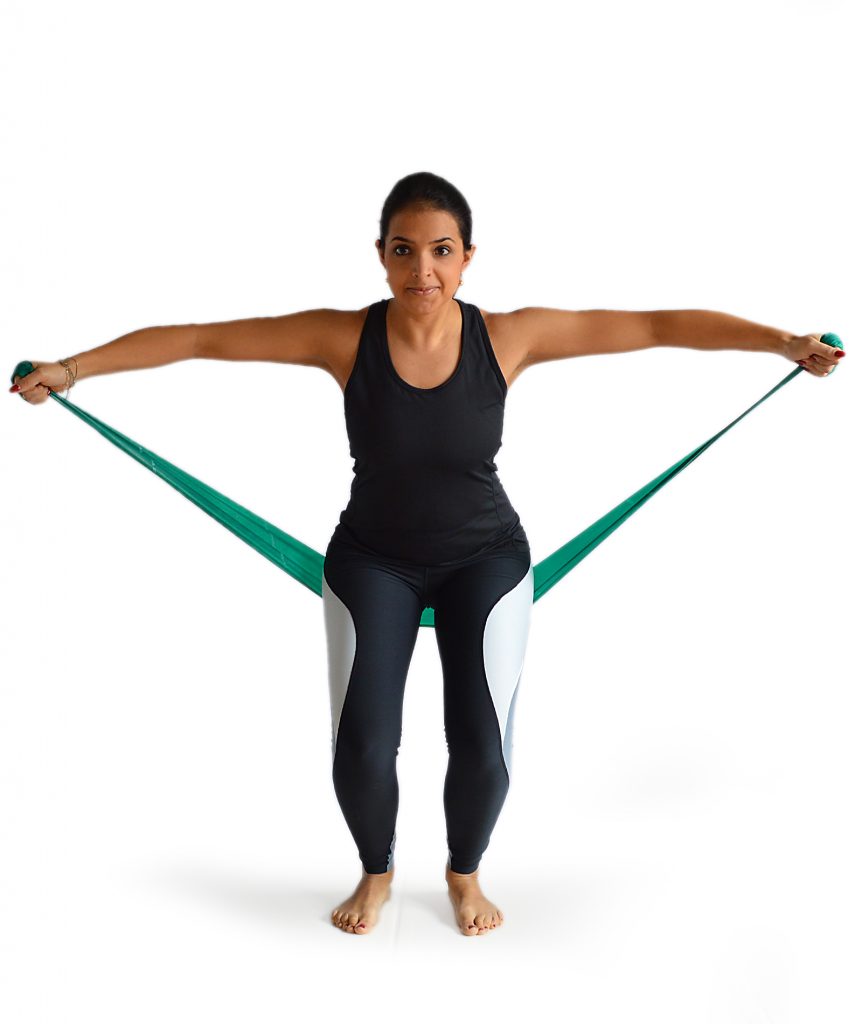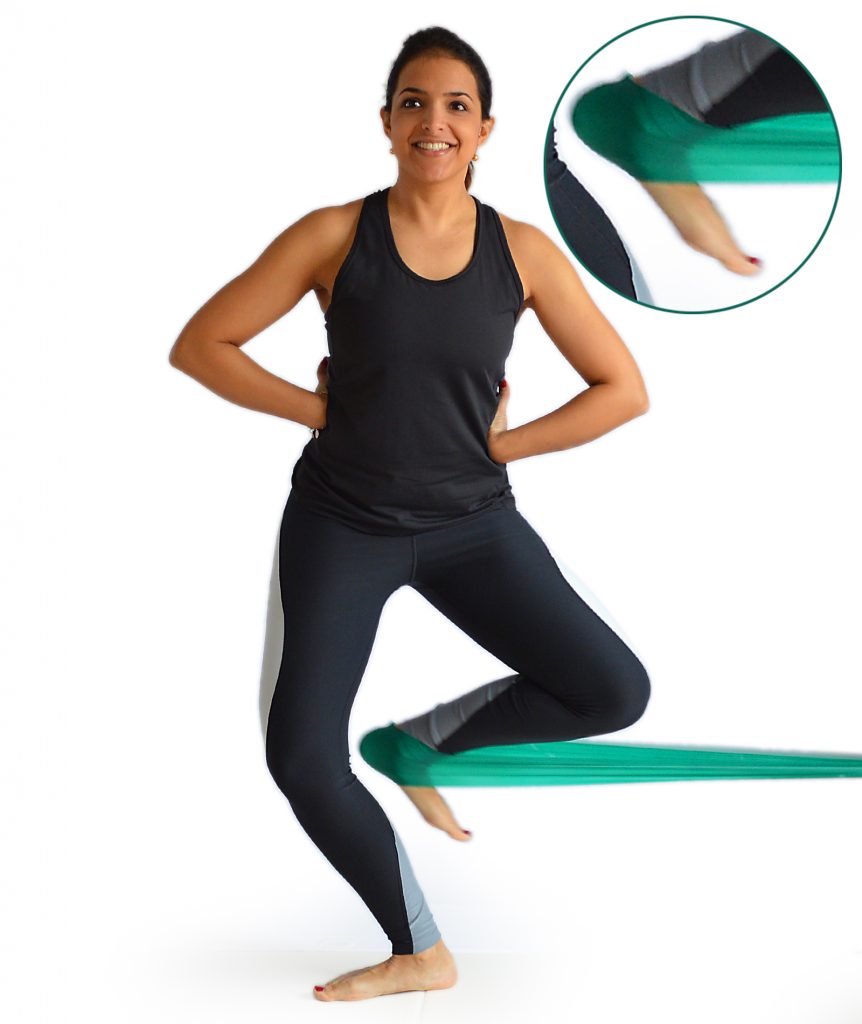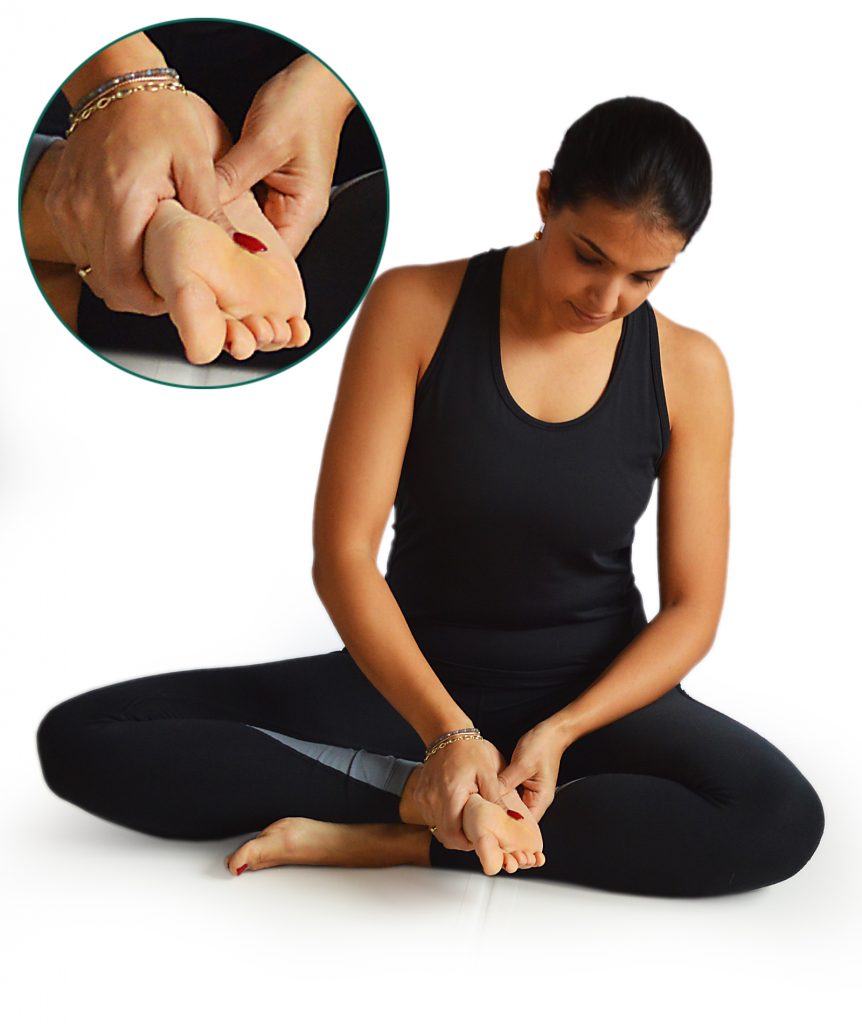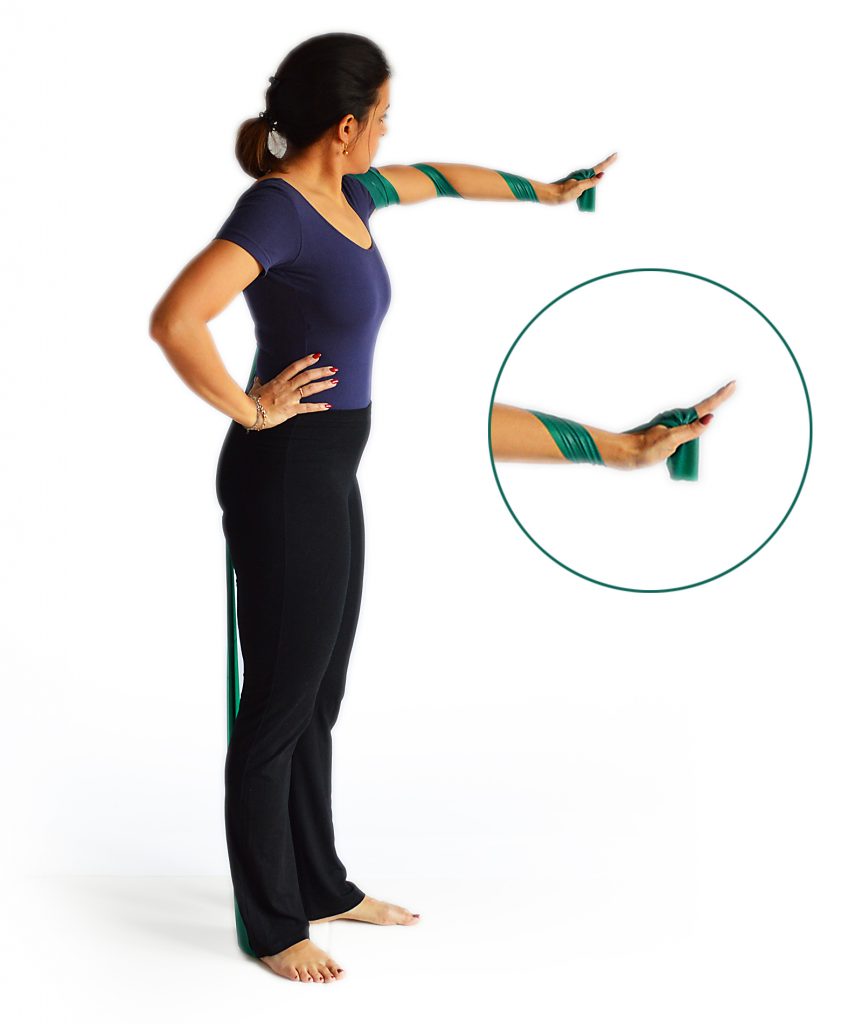Ideal Nritta training

How we use our body in dance is a topic which occupies my thoughts on and off. Especially in recent times, in which I’m intensely working on physical education and physical training. The feel for the moving body and the degree of how deeply her own body feeling is incorporated in the dancer, these are recurring issues in my daily work. I speak of “incorporated in”, because I’m convinced that this feeling for one’s own body can be thoroughly trained and strengthened using the right methods. Without this feel for the body, the dance is without esprit, without this feel for the body, the dancer does not seem authentic and remains without expression.
While training my students I’m always amazed that there are some who, despite many years of training lack the sense of body expression. In talented dancers, you can see that this shortcoming is compensated by use of excessive body control. Their dance seems somewhat mechanical and severe. This can lead to muscular tension and also overload in joints. In other students, you notice how they struggle while coping with all the demands this dance form brings in, through which their presentation degenerates into a kind of gymnastics exercise.

The cause in both cases lies in the way, Bharata Natyam is taught. Any academic dance form suggests that body control and the perfecting of proper body coordination leads to the desired body expression. In my opinion this is a false conclusion. To have the required body expression, the perception of our own body needs to be sensibilized. But how we experience our body and what we perceive in a particular movement can only be explored in a regular workout that is free from the pressure and aesthetic demands of dance movement. Once our body awareness is developed, we can incorporate it into the challenging dance movements. Only now the final body expression unfolds itself.
One of the main aspects of Bharata Natyam is Nritta, the so-called “pure” dance. “Pure” here does not designate any inner quality of the dance, but merely the fact that this part of dance vocabulary has no narrative character. Nritta is pure dance technique, in all the diversity that the Bharata Natyam offers. Nritta places emphasis on three main aspects, which are dominant:
- footwork and rhythm
- target posture
- timing and coordination
Nritta is also based on an idea of dance-economy: Any dance movement should be carried out as efficiently as possible. This means as much body expression as possible with as little energy consumption as necessary.
The mentioned three priorities in Nritta and the idea of movement efficiency must be familiar to every Bharata Natyam student in order to be able to work goal-oriented in training. However, this training is only a secondary dance training. In a first step, the long-term goal “body expression in Nritta” has to be developed through custom-made exercises, which contain exactly the abovementioned priorities as a short-range goal.

Footwork and rhythm: For proper footwork, the leg has to be trained in its flexibility, mobility, strength and ability to coordinate. This work begins with basics such as hip joint mobilization and various exercises that strengthen the individual muscle groups throughout the leg. The foot, which is actually the most important part of a Bharata Natyam dancer’s body, receives alarmingly little attention in the traditional teaching style. There are virtually no basic steps in Bharata Natyam that specifically train the ankle. This gap must be filled with appropriate exercises so that the foot can withstand the strain of dance.
Target posture: Bharata Natyam is a posture dance. The main accent in this style of dance is not on the movement, but on the posture that one takes after the movement has ended. These postures depend directly on the rhythm (aspect 1) and the body coordination (aspect 3) of the dancer. The postures must therefore be precise to the point. This precision can only be achieved with an optimally prepared body that is strong and supple enough to move quickly and smoothly. For preparation, dance-related exercises are needed that help the student to visualize dance movements, reduce false muscular tension, and train those fundamental body structures which have responsibility over every movement in dance: breath, pelvic floor, back and abdominal muscles.

Timing and coordination: Timing and body coordination have a direct effect on the dancer’s body expression. If a dancer misses the right moment or struggles with her arms and legs, the magic of her movement is immediately lost. Therefore, timing and body coordination are the ones that create the most problems and can lead to great frustration. Non-dance exercises that help to internalize movement processes are not only useful for the dance technique, but also help to easier locate and analyze later problems in the dance. The result of this work is a more precise technique, more precise movements and more relaxed dancers.
In addition to this bodywork, an ideal Nritta workout is complemented by light cardio exercises, breathing exercises, as well as systematic stretching and a short meditation or mind-exercise.
Effective Nritta training leads – of that I’m absolutely convinced – to a dance training with the maximum satisfaction of students and teachers, a high degree of physical well-being (not least because of a lower risk of injury) and finally to a relaxed, balanced and aesthetic body expression.[:]
